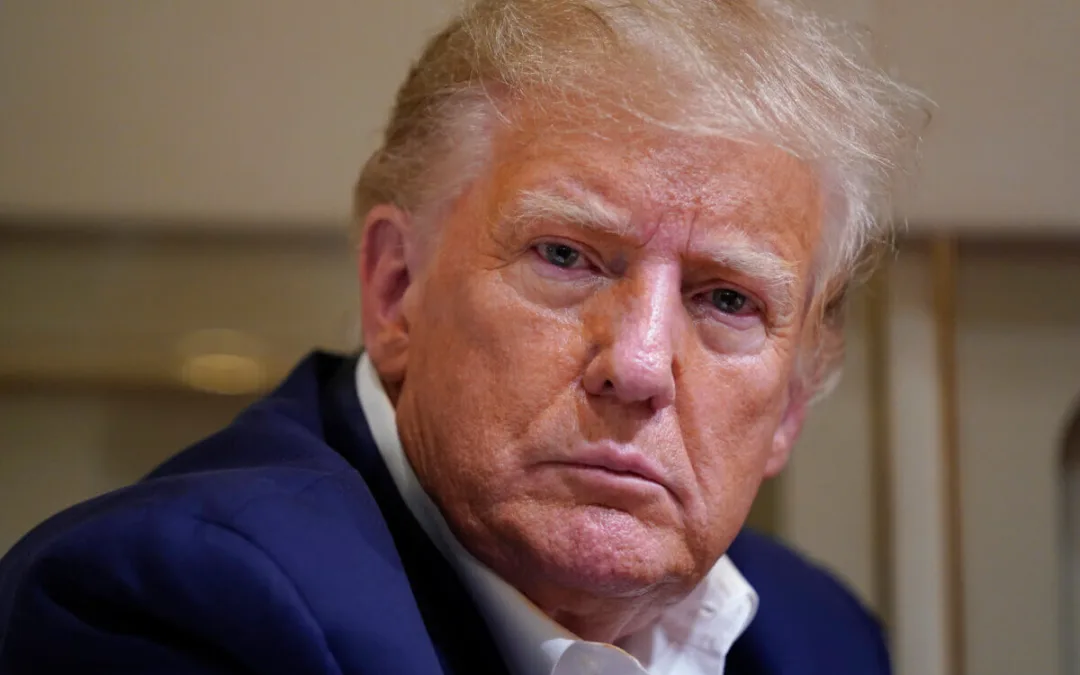
Image via Morgaine Ford-Workman
From traveling to space to advocating for equal rights, these five Latinos aimed high and made history.
It’s a sad fact that Hispanic-American contributions to society are too often marginalized, if not entirely left out of the United States’ retelling of history. This is why it is so crucial for us to share our own stories. Here are just a few Latino heroes to inspire your little ones.
Ileana Ros-Lehtinen
Ileana Ros-Lehtinen has had quite a few firsts in her career: She was the first Latina elected to the Florida House of Representatives; the first Latina in the Florida Senate; the first Latina to serve in the US House of Representatives; the first Latina in Congress, and the list goes on. Born in Havana, Cuba, Ros-Lehtinen is known as a conservative with a liberal streak. In September 2011, Ros-Lehtinen became the first Republican member of the US Congress to co-sponsor the Respect for Marriage Act, which would support same-sex marriage. A true pioneer in politics, she retired in 2019 after 40 years of service to her local community and serving 14 full terms in Congress.
RELATED: ‘¡Sí Se Puede!’: Latinos Cheer Appointment of César Chávez’s Granddaughter to Biden Cabinet
Sylvia Méndez
The daughter of Mexican and Puerto Rican immigrants Gonzalo and Felicitas Méndez was just 8 years old when her journey as a civil rights advocate began. When Sylvia Méndez was barred from attending a local Orange County school based on her race, her parents took legal action and won. In early 1946, eight years before the Supreme Court decided Brown v. Board of Education, effectively ending segregation in schools across the nation, the landmark ruling of Méndez v. Westminster School in California’s 9th Circuit Court of Appeals set a precedent for the historic case. Throughout her life and still, she advocates for education equality and civil rights, spreading the message of the importance of the historical events led by her devoted parents.
Mario Molina
Mexican-born chemist Mario Molina was a co-recipient of a Nobel prize for his research that warned the world about the dangers of chemicals used in aerosols and refrigerators. His work lead to one of the most successful international efforts to combat environmental risks. Born in Mexico City, the son of a diplomat, Molina was a pioneer of the climate movement. His research with professor Sherwood Rowland into chlorofluorocarbons, or CFCs, would ultimately lead to the discovery of the hole in the ozone layer over the Antarctic Ocean. But his efforts to phase out CFCs were attacked by industry officials. Effectively communicating to the media and policymakers the damage these chemicals cause to the environment was a triumph of scientific diplomacy. The result was the 1987 Montreal Protocol, an international environmental treaty to end the production of the compounds.
Ellen Ochoa
In 1993, Ellen Ochoa made history when she became the first Hispanic person to leave the Earth’s atmosphere. Her nine-day mission into space aboard the shuttle Discovery was a far cry from Ochoa’s childhood in La Mesa, California, where her single mother raised her along with three brothers. Ochoa thrived in school from an early age and eventually earned her doctorate in electrical engineering from Stanford University in 1985. In 1990, NASA chose her to become the first Mexican American astronaut, serving as a crew representative for flight software and robotics. Three years later, Ochoa would reach space as part of a critical mission to study the Earth’s ozone layer. Since then, she has gone on three more space flights, logging 1,000 hours in space. In 2013 she became the first Hispanic director and the second female director of Johnson Space Center.
Ralph Lazo
Ralph Lazo was not of Japanese descent, yet he voluntarily spent two years in World War II Japanese American internment camps. After the Japanese attack on Pearl Harbor, the United States began rounding up Japanese American leaders. The government announced plans to “evacuate” people of Japanese ancestry. When he learned that his neighbors were being forced into internment camps, 17-year-old Lazo volunteered to take a train along with some of his friends. By the time he arrived at the Manzanar War Relocation Center, he had resolved to stay with them in solidarity. In 1944, after two years in the camp, Lazo was drafted into the Army. Over the years, Lazo maintained his close ties to the Japanese American community. His advocacy on behalf of Japanese Americans led to the Civil Liberties Act of 1988, where the US officially apologized for the internment camps.
Politics

Teamsters and UPS Reach Tentative Deal to Avoid Strike, 340,000 Workers to Get Raises
The tentative deal represents a huge win for full- and part-time UPS Teamster workers, who would get significant pay raises and better working...



One Republican Senator Is Blocking 265 Military Promotions, Leaving the Marines Without a Confirmed Leader
Sen. Tommy Tuberville's decision means these military officers are not getting the pay raises they’re owed, cannot move their families to wherever...
Local News



Teamsters and UPS Reach Tentative Deal to Avoid Strike, 340,000 Workers to Get Raises
The tentative deal represents a huge win for full- and part-time UPS Teamster workers, who would get significant pay raises and better working...



One Republican Senator Is Blocking 265 Military Promotions, Leaving the Marines Without a Confirmed Leader
Sen. Tommy Tuberville's decision means these military officers are not getting the pay raises they’re owed, cannot move their families to wherever...




